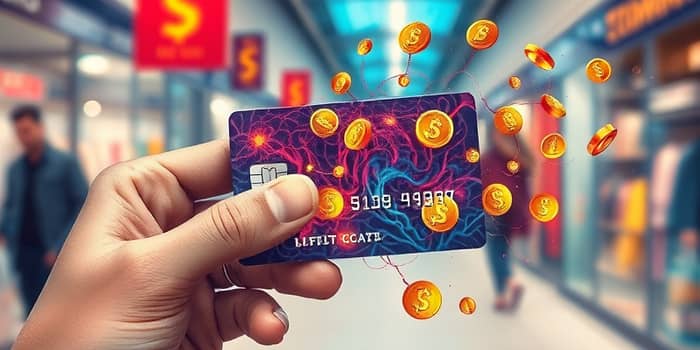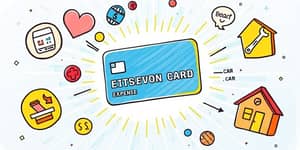
Credit cards feel effortless. A simple swipe, and your purchase is complete. But beneath this ease lies a complex web of psychology shaping every transaction. Understanding these hidden forces can empower you to spend consciously and protect your financial well-being.
When you hand over cash, the physical exchange triggers a real sense of loss. The insular cortex—the brain’s pain center—activates as you count out bills, creating a natural brake on spending. By contrast, credit cards have muted the pain of paying, transforming money into abstract numbers.
Studies show that using plastic instead of cash leads consumers to spend 12–18 percent more on average. The tangible sting of parting with banknotes is replaced by a fleeting digital confirmation, reducing immediate resistance to buying decisions.
Every time you slide or tap your credit card, neural reward hubs light up. Functional MRI scans reveal that credit card transactions stimulate the striatum, flooding the brain with dopamine—the same chemical linked to pleasurable activities. Even just seeing the logo of a major card brand can trigger an impulse to purchase.
This dopamine-fueled reward circuit creates a feedback loop: the anticipation of gratification makes you more likely to reach for your card, seeking yet another hit of satisfaction.
Credit cards introduce an emotional buffer between the moment of spending and the moment of payment. Known as deferred financial consequences, this delay makes it easier to justify or forget the true cost of purchases.
As a result, even essential items can feel like minor, inconsequential transactions.
Our minds tend to categorize spending. Credit card purchases often land in a separate mental bucket from cash expenses, leading to underestimating overall outflows. This phenomenon—known as mental accounting—makes it easier to justify higher expenses.
The compromise effect also plays a role: when paying by card, consumers are more likely to choose pricier or riskier options, unconsciously believing that the cost is tolerable as long as they aren’t handing over actual bills.
Spending is rarely purely rational. Emotions such as stress, celebration, or boredom can prompt impulsive buys. A treat-yourself mindset after a long week or an online retail therapy session on a slow afternoon are familiar examples.
Social pressures amplify these impulses. Seeing friends boast about luxury items or experiences on social media can trigger status-driven purchases. With credit cards, the friction is minimal, making it tempting to chase fleeting feelings of prestige or belonging.
Contactless and mobile payments extend these psychological effects even further. A tap, a beep, and your phone confirms the transaction with celebratory sounds and animations. This seamless payment experience removes tactile cues that previously reminded us of spending.
Reward programs, points, and cashback offers add gamification. By promising future benefits, these incentives foster positive reinforcement loops that keep you coming back for more transactions.
While occasional splurges may seem harmless, chronic overspending can lead to mounting debt. The same neural pathways that reward a swipe also encourage habit formation, and in extreme cases, addictive patterns.
Younger adults, financially inexperienced individuals, and those reliant on digital wallets are particularly vulnerable. Many remain unaware of how easily spending can spiral, underestimating how small charges accumulate into significant balances.
Credit card companies design offers that deliberately exploit these psychological levers. From low minimum payments that stretch out debt to elaborate loyalty programs, every feature nudges you to spend more and stay engaged.
By understanding these tactics, you can reclaim control. Recognizing that your card’s incentives are structured to reward spending is the first step toward smarter financial choices.
Awareness is the first defense. Recognize that every swipe triggers neural pathways designed to reduce your spending inhibition.
Consider professional support if habits feel unmanageable. Financial therapy and cognitive-behavioral techniques can break overspending cycles and build healthier money mindsets.
Your credit card is more than a payment tool—it’s a psychological accelerator. By understanding the neuroscience, biases, and industry tactics at play, you can transform your relationship with money. Armed with practical strategies, you can reclaim control, balance pleasure with prudence, and navigate the modern spending landscape with confidence.
References













